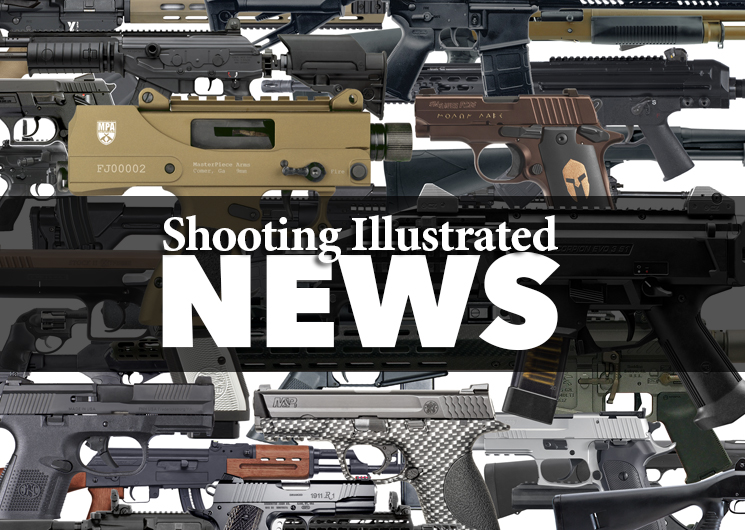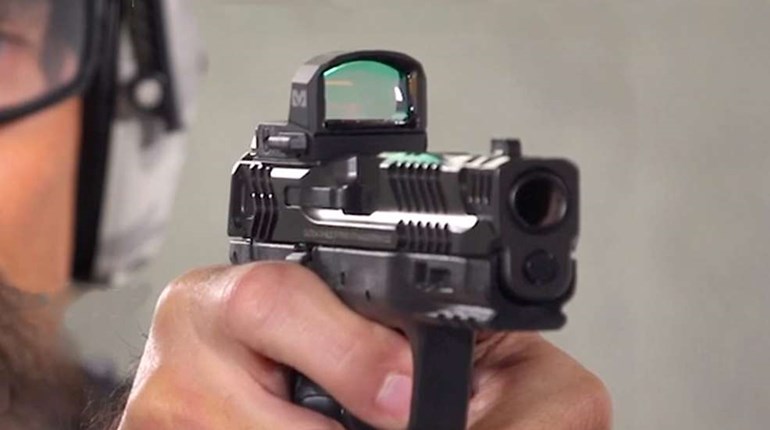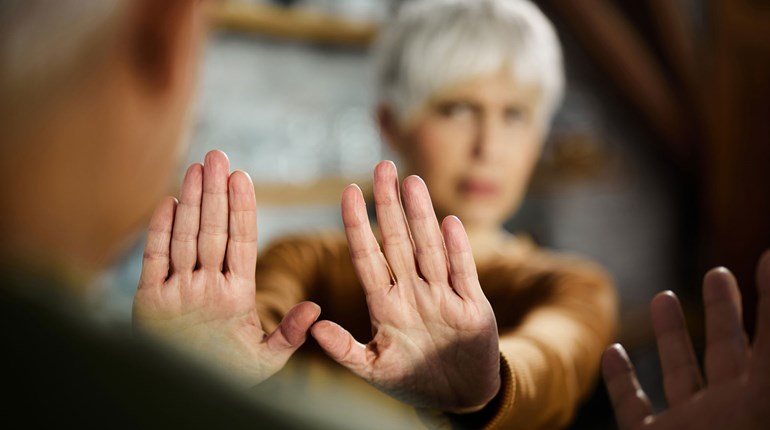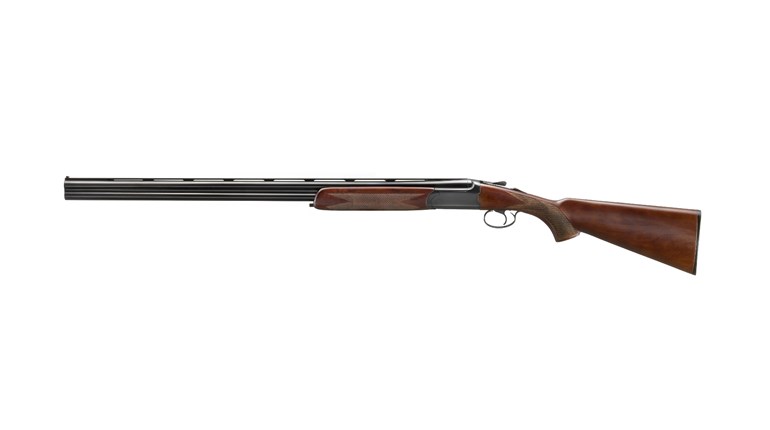
Most people prefer to do what they are good at, and tend to spend more time doing things that are easy versus difficult. Therefore, most people perform the bulk of their handgun training using both hands to shoot their firearm. But what if you are using a handheld flashlight? Or holding a baby? Maybe you could be trying to control a small child or your significant other? What if you're opening a door or even steering your vehicle? What if you could have your dog on a leash? There is also the chance one hand is trying to protect you from blows or keeping an attacker at bay while you draw your handgun. One hand or arm could be unusable due to injury either during the fight or due to a pre-existing condition. So, like with all training, prepare now while you have time—don't wait until the fight has started.
We need to spend a part of our range and dry-fire sessions practicing to use our firearms with only one hand. This includes both strong and support hands. Practice getting the gun out from concealment with either hand. Spend time working through reloads and malfunctions. There are a variety of techniques that apply to all of this, and each person should determine which one is best for them based on their type of handgun, carry style and position, hand size, skill level, etc.
I strongly suggest spending a lot of time working through the different techniques with dummy ammo before you try live fire. Get a knowledgeable friend to watch, or at least video yourself so you can identify possible safety issues and help smooth out the more inefficient techniques.
One thing many shooters have experienced is the importance of a good, solid grip. Most people don't realize how much the support hand helps manage recoil and keep the sights on target until it is taken away. The preferred method would be to attend a training class from a reputable instructor, so you can learn a good method under proper supervision. Then you will be a little more ready to defend yourself when the time comes.





































